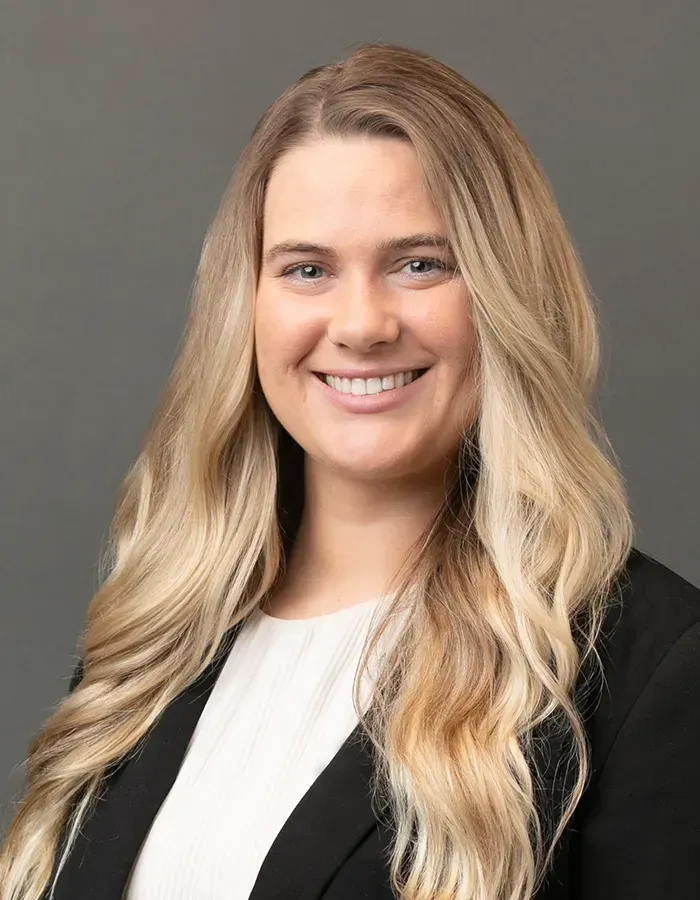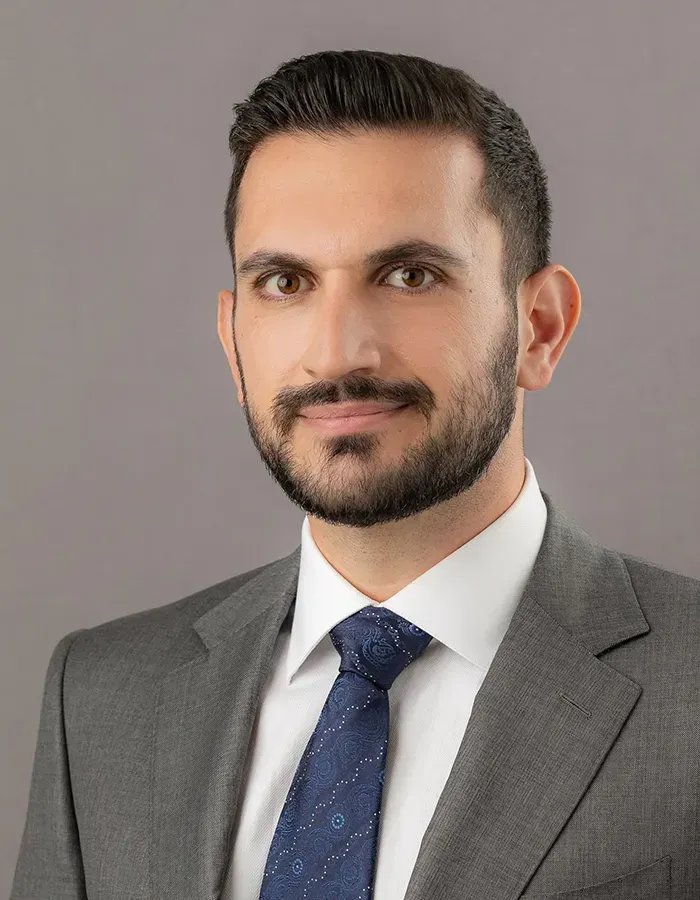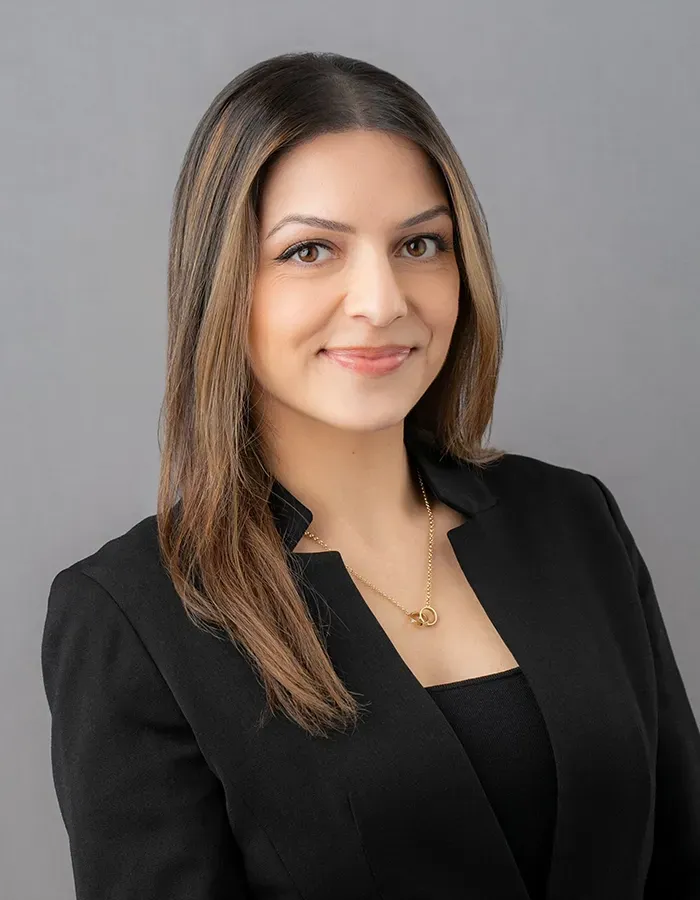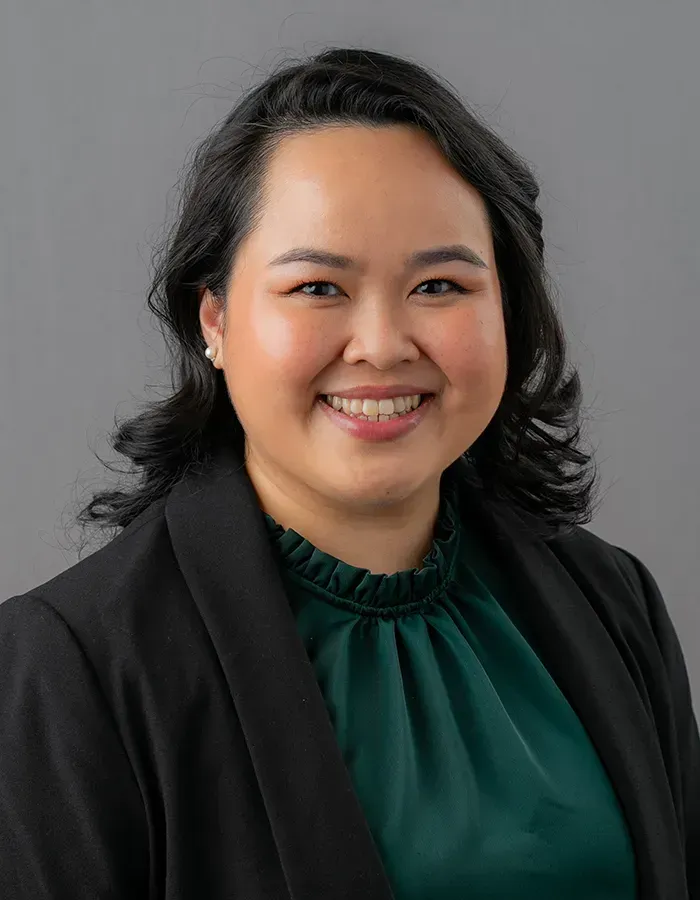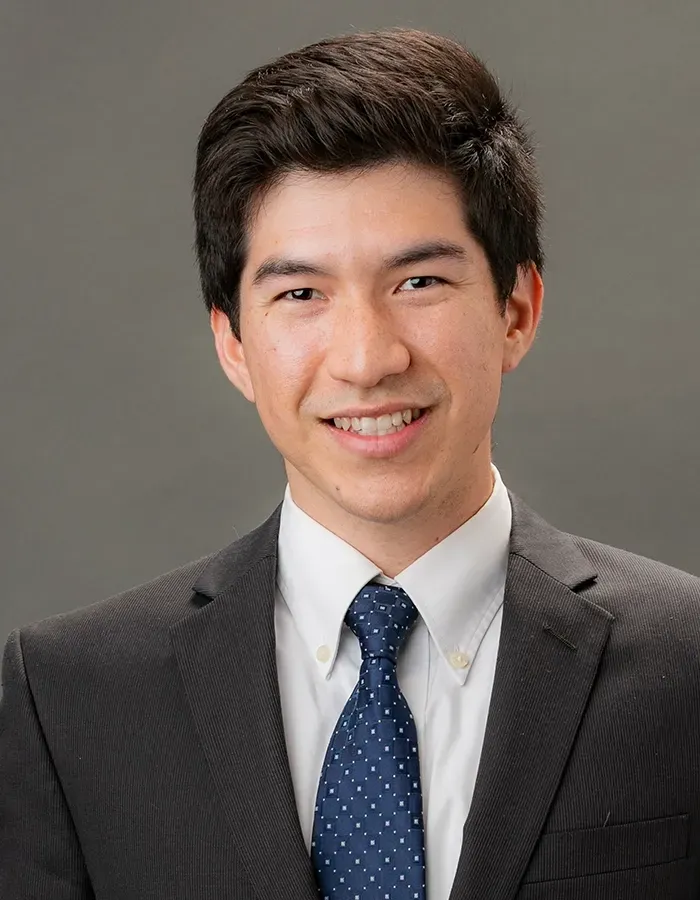ERAS Photo Requirements and Tips for Professional Medical Residency Headshots
Eras Photo Requirements
Plus Tips for Professional Medical Residency Headshots

What Are The Requirements for Your Medical ERAS Application Photo?
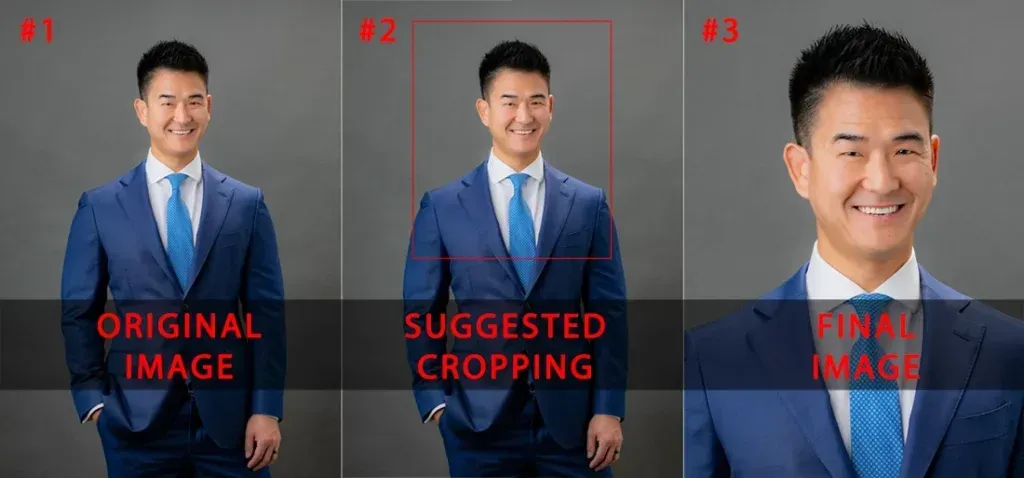
There are specific guidelines for an ERAS photo and it is very important to follow them.
Always refer to the official page for up-to-date information and changes Requirements for ERAS photos.
The ERAS photo should include:
- A color photo
- The use of a white or gray background (recommended)
- Proper facial expression
- Face centered in the frame
- Appropriate placement and cropping of shoulders and head
What Size Should An ERAS Photo Be?
It is important to follow the specific guidelines that are given below. A professional photographer with experience in ERAS photos will be able to deliver your images according to these dimensions.
A photo file should not exceed these ERAS picture requirements:
Dimensions: 2.5 in. x 3.5 in.
Resolution: 150dpi
File Size: 150kb
Failure to ignore or not comply with the ERAS photo size requirements above could cost you time, money, and rejection of your application.

What are ERAS Headshots?
ERAS headshots are professional photographs included in the Electronic Residency Application Service (ERAS) submissions by medical students applying for residency programs. These headshots provide the first visual impression to program directors reviewing applications. Unlike a typical snapshot or selfie, an ERAS picture is expected to convey professionalism, competence, and approachability, reflecting the seriousness of the candidate's intent and suitability for the medical profession. These photos play a crucial role in complementing the academic and personal achievements in the residency application. "The Photo is most often used by programs to help identify applicants when reporting for an interview."
AAMC.ORG

How Important Is The ERAS Photo?
ERAS pictures are not only very important for a standout application, it is a requirement to submit a photo as part of the application process. In the competitive world of medical residency applications, every detail matters, and your Electronic Residency Application Service (ERAS) photo is no exception.
This headshot is more than just a simple photo; it serves as a crucial first impression for program directors and administrators who go through and review hundreds of applications.
You will want a photo that stands out from the competition right away. I know a professional and engaging photo can set you apart from other candidates, highlighting your attention to detail and professionalism before a word of your application is read. It is not unheard of for an application to be discarded immediately following the first glance of a poorly submitted unprofessional photo.
I find this kind of headshot photography to be just as important for medical students as a LinkedIn profile photo is for other pathways and professions. Over the past two decades, I have seen many changes, including the power that a single photo can have on a person's success.
My goal is to empower you to present a photo that not only enhances your application but also aligns with the high standards expected by residency programs. Whether this is your first endeavor into professional headshots or you are aiming to elevate your current photo, this article is designed to provide you with the tools and knowledge to create a lasting, positive impression on your future colleagues and mentors.
At the end of this article, you will know:
- Exactly what to wear
- The best practices for a successful medical residency application photo
- Photo requirements & specs
- What color backgrounds to choose
Why Is It Critical To Get Your ERAS Photo Correct?
With such a high level of competition for medical students seeking residencies, it is easy for applications to be rejected when they don't follow the required guidelines. During the application review process, one way to get overlooked is by not following the instructions.
Getting your ERAS photo correct also communicates that you're competent, can follow directions, and will do your job with the utmost due diligence. I recommend choosing a professional photographer with a great ERAS portfolio to take your photos.
By understanding what program directors are looking for and following expert photography tips, you can ensure your ERAS photo enhances your overall application, giving you a competitive edge in the residency matching process.
It is extremely important to put time and effort into your ERAS application. If you are seeking advice these guides and worksheets will help residency applicants complete their MyERAS® application can be found here.
Learn about Christopher Todd Studios' headshot photography
5 Tips for ERAS Professional Medical Residency Headshots
1. Choose The Right Outfit For Your ERAS Photo
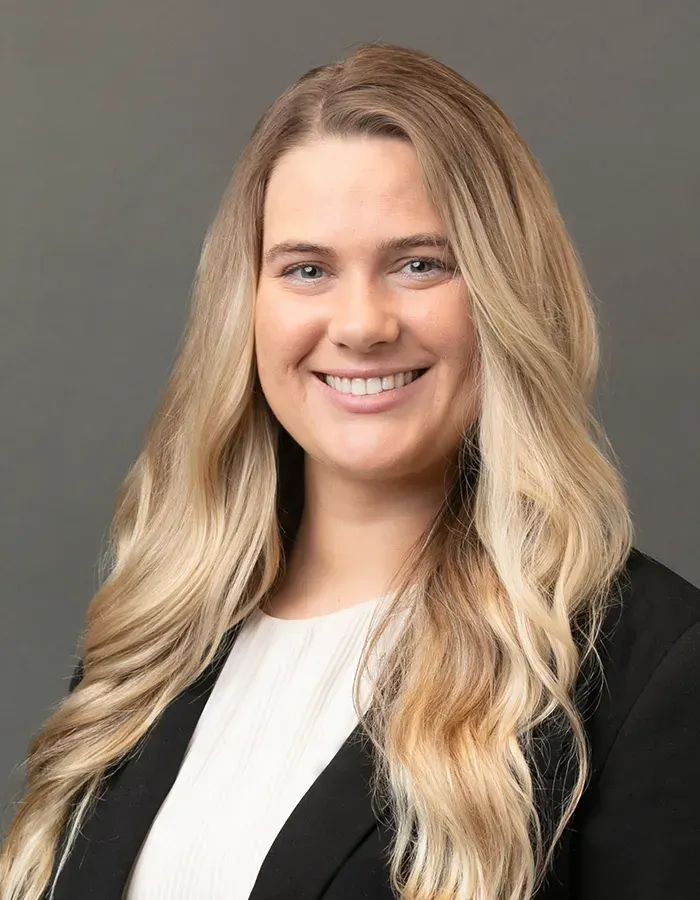
What Should I Wear For My ERAS Photo?
The best advice is to dress professionally for your photos. Some standard advice I give to people seeking business headshots can also be applied to a residency application photograph.
Outfits to consider for men:
- Wear a dark-colored suit
- Always wear a tie ( solid or subtle pattern)
- Wear solid-colored coats, ties, and shirts
Outfits to consider for women:
- Wear a dark-colored suit
- Wear a solid-colored suit coat or blazer
- Avoid loud bright colors or patterns
- Keep jewelry minimal if any at all
- Avoid low-cut tops or blouses
Pro-tip for men and women:
- Keep your appearance professional
- Avoid wearing busy patterns or logos that may distract from your face
- Avoid wearing your white coat for your ERAS photo. This is generally discouraged for your primary photo
- Wear glasses only if you wear them daily
2. Don't Forget To Smile

Should I Smile For An ERAS Photo?
The short answer is yes. You should absolutely smile for your ERAS application photo. As a professional headshot photographer with extensive experience in capturing images for medical residency applications, I've observed the transformative power of a genuine smile in ERAS photos.
Benefits of a smile:
- A smile adds warmth and approachability to your appearance
- Communicates a sense of confidence and openness
- Shows you are trustworthy and honest
- Smile showing your teeth for an authentic look
Through years of practice, I've seen how a well-captured smile can significantly impact the first impression you make on residency program directors, subtly indicating your ability to engage positively with patients and work collaboratively within healthcare teams. This subtle but powerful element of your photograph can make a profound difference in enhancing the perceived professionalism and amiability of your application, setting you apart in a highly competitive landscape.
I always encourage residency applicants to smile for their headshots. Some don't feel one hundred percent comfortable smiling. But after they warm up in front of the camera and understand the value of a smile those genuine expressions come through naturally.
Pro Tip: Practice smiling at home in front of the mirror to get comfortable with the way it looks and feels. Keep in mind an experienced photographer will use techniques and prompts to get natural and authentic smiles out of you.
3. Know The Current ERAS Residency Timeline

When Is the Best Time to Take a Residency Headshot?
Knowing when the current year's residency timeline is will help you plan your photo date. Always check the ERAS website for current and up-to-date info. Give yourself plenty of time before the application is due. This allows for turn-around time from the photographer, getting a haircut 5-7 days before, and planning outfits.
Pro Tip: Don't procrastinate. Once you know the timeline and dates for the ERAS season, get those photos taken. Check it off your to-do list for a less stressful process.
4. Choose A Solid Gray or White Background
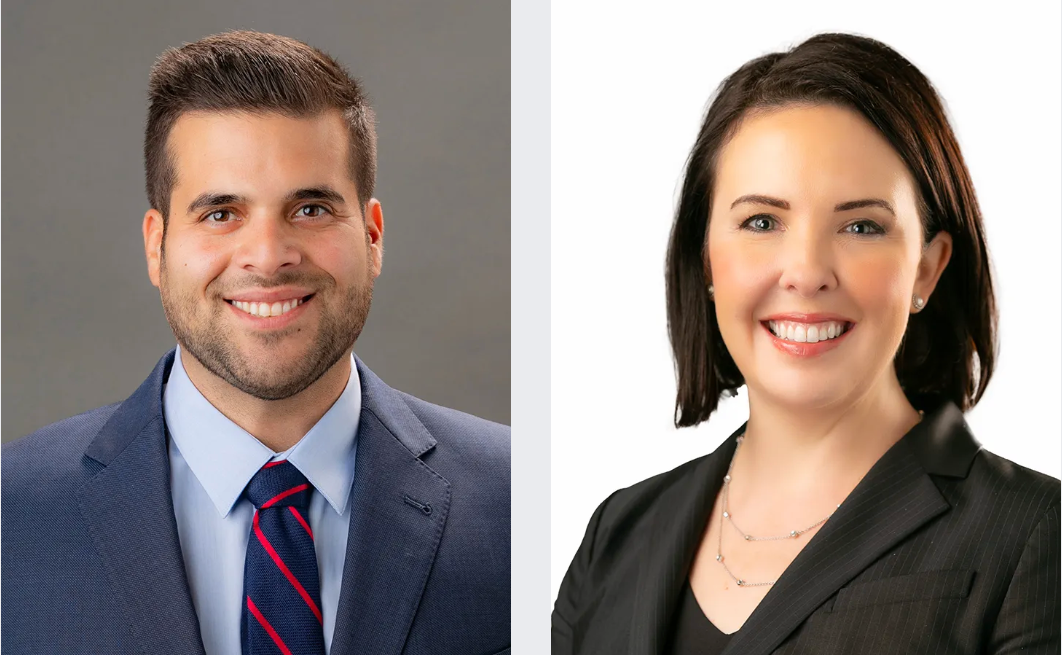
What Is The Best ERAS Photo Background Color?
It is very important that the background is a plain white or gray backdrop. A studio photographer will have options sometimes including other colors. But for the purpose of your medical residency application photo, it is important that you keep it neutral and not use a color like orange, bright blue, or yellow.
Avoid outdoor backgrounds: Natural or environmental backgrounds are distracting, even if they can be blurred so you are the main focus.
White backgrounds: Tend to stand out and pop more in a thumbnail scroll.
Gray backgrounds: Might help your skin tone stand out better. For a variety of options try taking a photo with both backgrounds and deciding how the final product looks.
Pro Tip: Choose an outfit that does not blend into your background color of choice. For example, don't wear a gray coat with a gray background.
5. Hire A Professional Headshot Photographer
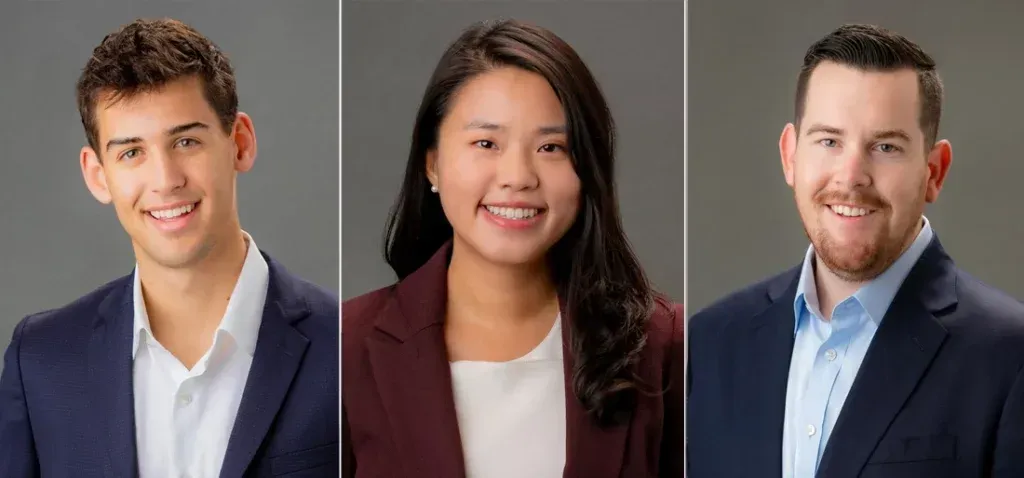
Do I Need A Professional Photographer To Take My ERAS Photograph?
It is always recommended to hire a professional photographer to take your ERAS photograph. Your photo will be the first thing to be judged on your application. Getting a professional headshot will communicate to the viewer you are a serious applicant, put time and effort into your application, and most importantly you are ready to be a professional.
I recently got my passport photo taken for $14.99. The reason I am telling you this is it was probably the worst photo I have ever had taken. Although you can get your photo taken anywhere or even try DIY headshots, the quality you will get from a professional headshot photographer is incomparable.
What you get from an experienced headshot photographer:
- Posing techniques
- Facial expression guidance
- Proper lighting
- Framing
- Retouching
- Professional background
Pro tip: A good photographer will be able to guide you in posing and become your facial expression coach. It is also important to portray great facial expressions since these photos will be cropped from your chest to your shoulders up.
Examples Of Good ERAS Headshots
A good example of an ERAS headshot will have the proper cropping, positioning of your face in the frame, and shoulder placement. Look for things like the outfits that medical students are wearing, the amount of jewelry, and the facial expressions and body language. These will help you learn what a good ERAS photo looks like.
Bonus Tip
How To Prepare For Your Professional ERAS Photo Session
Taking the time to prepare for your ERAS photo session will help ensure you get the best results possible.
Follow these tips below:
- Stay well hydrated
- Avoid alcohol 2-3 days before your session
- Get a good night's sleep the day before
- Have your outfits planned out and pressed or ironed and wrinkle-free
- Plan to arrive early to your session
FAQs
Some of our most frequently asked questions about professional male headshots
What is an ERAS photo?
What is an ERAS photo?
An ERAS photo is a professional headshot that medical students submit when applying for their residency. This photo should be professionally taken and formatted to the specific ERAS photo requirements.
Oftentimes, this residency headshot is what the application reviewer uses to recognize the student being interviewed.
How much do medical residency headshots cost?
How much do medical residency headshots cost?
When it comes to pricing, headshot photographers generally offer different price categories based on their level of experience and reputation. Beginners or less experienced photographers may offer lower prices, ranging from $100 to $250. Mid-level photographers with some experience and reputation typically charge between $250 and $500. The top-tier photographers, who are often renowned in the industry, may charge $500 or more.
It's important to remember that pricing should not be the sole determinant when choosing a headshot photographer. Consider their portfolio, experience, and the quality of their work. Investing in a professional headshot is a powerful marketing tool in the competitive industry, so it's worth finding a skilled photographer who can capture your unique personality and help you stand out from the crowd.
Extra fees for an ERAS headshot might include:
Retouching fees
Licensing and usage fees
Print fees
Location fees
Hair & makeup
How do I format an ERAS photo?
How do I format an ERAS photo?
To properly format your ERAS photo you will need software or a program such as ADOBE Photoshop. These programs have a crop tool where you can set specific image sizes and resolutions. However, a professional photographer will be able to format your photos for you after they take them.
What if I am not photogenic or don't like getting my photos taken?
One of the most common fears people have when getting their photos taken is that they won't look good or won't like the way they look. I hear this from 90 percent of clients. I like to tell anyone looking to get professional photos taken that with the right photographer, anyone can look and feel photogenic.
It is natural to feel uncomfortable in front of the camera. Most people are not models or actors and even if that is what you are getting your headshot for you still might not be very comfortable getting your photos taken.
An experienced headshot photographer will help you pose and guide you throughout the session. They know what makes people look good and what doesn't work. Lighting can be a big part of the way you look, so be sure to hire someone who is also an expert in off-camera lighting.
We always take time during the photo shoot to show our clients the photos in the back of the camera to get feedback and reassure them they are looking good.
The best advice is to trust your photographer follow their recommended planning tips and wear clothing that you are comfortable in.
Why are ERAS headshot photos important?
Why are ERAS headshot photos important?
An ERAS headshot photo is very important, as this is your first impression of yourself during the application process. I good photo will show you are serious about becoming a professional, friendly, open, and honest. A poor headshot can be detrimental to the application process, and possibly get your application bypassed or thrown out.
A medical residency program is highly competitive. Every little detail on your application matters.
Can I take my own ERAS photo?
Can I take my own ERAS photo?
It is highly recommended that you do not take your own ERAS photo. Getting a professional photo taken has many benefits that outweigh the risk of submitting a DIY type of headshot.
Remember you are competing with other students where sometimes the small details could hinder your application. You want to put your best foot forward, including a professional look, photo, and a top-notch application.
Can you use a white coat for ERAS?
Can you use a white coat for ERAS?
It is recommended that you do not wear a white coat for your ERAS photo. These photos are meant to stand out and show that you are a serious student. An ERAS photo with a white coat is not what an applicant should wear.
Getting professional acting headshots to get the best photos consider doing the following:
What is the size limit for ERAS photo?
What is the size limit for ERAS photo?
There are specific sizes and dimensions you should follow for your ERAS photo. These are guidelines that come from the main website. It is very important to follow the guidelines exactly. It not only shows you can follow directions, but if not done properly your application can be passed over for not being submitted correctly.
Below are the dimensions:
Dimensions: 2.5 in. x 3.5 in.
Resolution: 150dpi
File Size: 150kb

Meet Christopher Todd: Your Orange County Photographer
Hi, I’m Christopher Todd! I launched
Christopher Todd Studios back in 2000, but my love for photography started long before that.
Born and raised in Orange County, I’ve spent my life exploring this beautiful area. From surfing in Huntington Beach to discovering the best photo spots across the OC. Over the past
25 years as a professional photographer, I’ve continued to learn, grow, and refine my craft.

